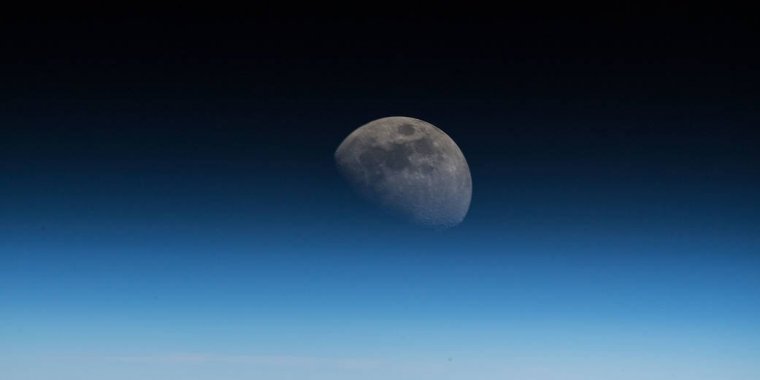| News / Space News |
Life Could Exist on Moon 4 Billion Years Ago
A study conducted by two scientists, Professor Dirk Schulze-Makuch, an astrobiologist at Washington State University, and Professor Ian Crawford of Birkbeck, University of London has found that simple lifeforms could have survived on the lunar surface during two periods 3.5 and 4 billion years ago.

Life could exist on moon 4 billion years ago. Image credit: NASA
They believe the moon must have been spewing out so much super-heated volatile gas, including water vapor, during these periods that it could have sustained life.
If liquid water and a significant atmosphere were present on the early moon for long periods of time, the lunar surface would have been at least transiently habitable.
It is also believed that the early moon had a magnetosphere - a magnetic field which would have deflected the sun's deadly electromagnetic radiation - similar to Earth's.
Life could have originated in the same way it did on Earth - with self-replicating molecules becoming more and more complex while continuing to reproduce.
However, he believes the more likely scenario is that life would have been brought in by a meteorite.
The earliest evidence for life on Earth is of fossilized bacteria that are between 3.5 and 3.8 billion years old - a time when the solar system was being bombarded by meteorites.
Professor Schulze-Makuch believes it is possible a meteorite could have blasted off Earth and transported similar life to the moon. (Tasnim News Agency)
YOU MAY ALSO LIKE


